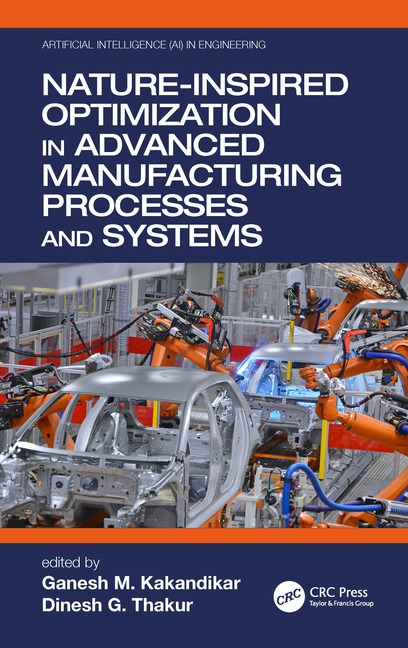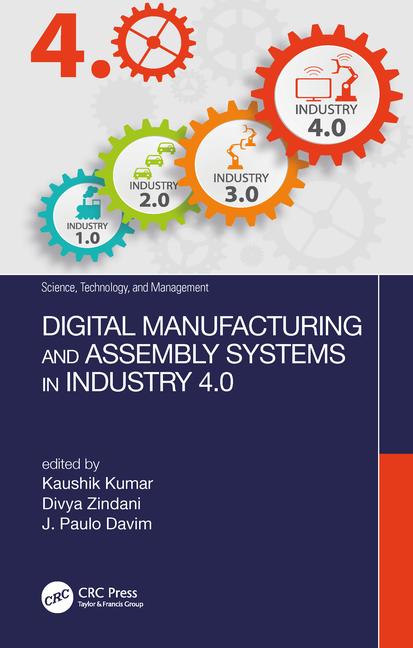Abu Dhabi and the United Arab Emirates just invested $2 billion in thin-film photovoltaic production equipment. Why would a couple of oil producer do this?
Abu Dhabi and the United Arab Emirates just invested $2 billion in thin-film photovoltaic production equipment, according to Happy Holden. Writing recently inCircuiTreeHolden, senior PCB technologist at the System Design Div. of Mentor Graphics (Longmont, CO), says “Their goal is to use the solar cells produced by this equipment to generate 1 gigawatt of electrical power annually by 2014.”
Why would oil producers do this? “They have more sunlight and open desert than anyone else and, as the oil runs out, with electricity you can make drinking water with reverse osmosis plants and hydrogen from sea water,” Holden explains. “In 50 years, these will be some of the most prized materials in the world.”
In a recently published study, the National Renewable Energy Laboratory (NREL, Golden, CO), warns that there are near-term shortages in renewable electricity in the United States. “The United States must accelerate its renewable energy development and deployment to meet the growing demand for electricity,” says Dr. Lawrence L. Kazmerski, director of the National Center for Photovoltaics at NREL.
Solar cells are one commercially viable approach to solar-generated electricity. Sunlight striking a cell generates DC current. Arrays of cells wired together produce enough DC power to use directly or transform into AC via an inverter. In the latter case, the AC can be used directly or sold back to a utility grid.
Another commercially viable approach captures thermal energy from the sun to generate electricity. For example, Nevada Solar One (Boulder City, NV) is a high-visibility example of advanced solar technology, Kazmerski says in a recent interview with SCHOTTsolutions (Elmsford, NY). Its parabolic mirrors track the sun and focus its thermal energy onto receiver tubes containing a heat transfer fluid. The fluid passes through a heat exchanger producing steam to drive a turbine that generates 64 megawatts of electricity, enough to service 40,000 homes in Las Vegas during the peak load times of day.
Although solar power has long been derided as uneconomic, the economics are changing, according to Peter Lorenz, Dickon Pinner and Thomas Seitz of McKinsey & Co. (New York). In a recent report they say that during the next 3 to 7 years, the unsubsidized cost of solar energy to end customers should equal the cost of conventional electricity in parts of the United States. You can find the report on the McKinsey Quarterly site atwww.mckinsey.com.
The commercial opportunities in solar energy for PCB manufacturers are obvious. Dan Feinberg, president and CEO of Fein-Line Associates Inc. (San Clemente, CA), says, “Many of the processes to fabricate a solar panel are similar to those needed to fab a bare board.” Not so obvious are the opportunities for manufacturers of motion control systems, framing, collector arrays, receiver tubes, heat exchangers, turbines, generators and switch gear. There’s money for everyone in sunlight; assemblers everywhere, take note!
Editorial: There's Money in Sunlight
Looking for a reprint of this article?
From high-res PDFs to custom plaques, order your copy today!





